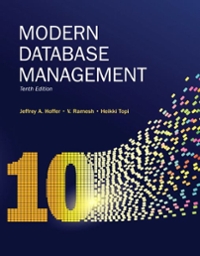Problem 1: Consider the following process : task 2 (Bob, task 1 machine 1) task 3 task 4 (Adam) task 2 (Dorothee, (Dorothee, machine 3) machine 3) (Chloe, machine 2 Note that it is the same machine (machine 3) used by the same person (Dorothee) to do tasks 3 and task 4. Dorothee first sets up machine 3, then does task 3 on the entire batch , then runs another setup on machine 3, then does task 4 on the entire batch. The setup time and production time per unit of each task is as follows : Task Setup time Time per unit (in mins ) (in mins ) 0 10 20 2 (a) Compute process capacity if the batch size is 10 units (b) What batch size would you recommend for a process manager who wants to maximize flow rate but is also concerned about average flow time , when the demand rate is 7.5 units per hour ? when the demand rate is 20 units per hour ? (c) Using the current production batch size of 10 units, how long would it take to produce a batch starting with an empty system (where no setup has been done yet)? Assume that all the units in the batch have to stay together (no smaller transfer batches allowed ) when transferred to either Bob or Chloe , who then processes the entire batch (the batch cannot be divided among the two workers ). Also all the units have to stay together when transferred from either Bob or Chloe to Dorothee (d) Using the current production batch size of 10 units, how long would it take to produce a batch starting with an empty system (where no setup has been done yet)? Assume that the units in the batch do not have to stay together ; specifically , units are transferred to Bob or Chloe , the moment they are done with task 1 and either Bob and Chloe starts processing as early as possible le . Assume that either Bob or Chloe processes the entire batch (the batch cannot be divided among the two workers). Similarly, units are transferred to Dorothee as soon as they are done with task 2. Dorothee then does task 3 on the entire batch before switching to doing task 4 on the entire batch . Note : Drawing a Gantt chart (or at least a sketch of part of it ) may be useful to answer (c) and (d) but is not a required part of the solutions







